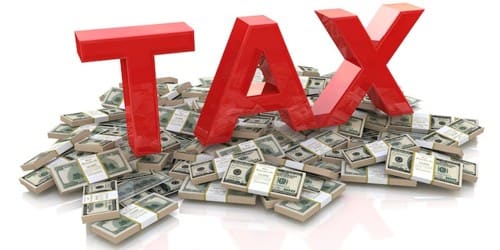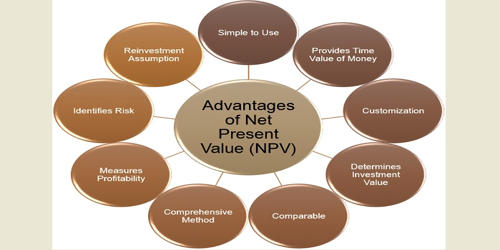A flexible budget allocates different budgeted costs to various levels of activity. It is created after intelligently categorizing all expenses as fixed, semi-variable, or variable because the usefulness of such a budget is dependent on the accuracy with which the expenses can be classified.
A flexible budget can help you compute variances that can help you understand why actual results differed from your expectations. A flexible budget modifies the master budget to account for changes in sales or production volume.
The following are steps you can take to create a flexible budget for your business:
(1) Identify which costs are variable and which costs are fixed –
Expenses such as rent and monthly marketing costs are examples of fixed costs. Separate the fixed and variable costs on your budget sheet once you’ve determined which are fixed and which are variable. Where an enterprise is experiencing a shortage of a production factor such as materials, labor, plant capacity, and so on. The availability of such a factor of production determines the level of activity.
(2) Divide the budget –
Divide the budget you intend to spend on variable costs by the estimated output. This will give you a starting point for cost per unit. Where the level of activity varies throughout the year, either due to the seasonal nature of the industry or to variations in demand.
(3) Create your budget with set fixed costs –
Create a budget that includes fixed costs that will not change and variable costs shown as percentages that can be adjusted based on actual revenue. As a means of control, a flexible budget recognizes the concept of variability and provides a logical comparison of expenditure with actual expenditure.
(4) Update the budget –
After the end of an accounting period, update your budget with actual revenue and/or activity measurements. The variable costs will be adjusted based on accurate data from the accounting period. It is useful in evaluating the performance of department heads because their performance can be judged in relation to the organization’s level of activity.
(5) Input and compare –
Input the final flexible budget from an accounting period into your accounting software and compare it to the expenses you predicted. Because a flexible budget is prepared for various levels of activity, cost determination at various levels of activity is possible. It is useful for determining prices and sending quotations.
















